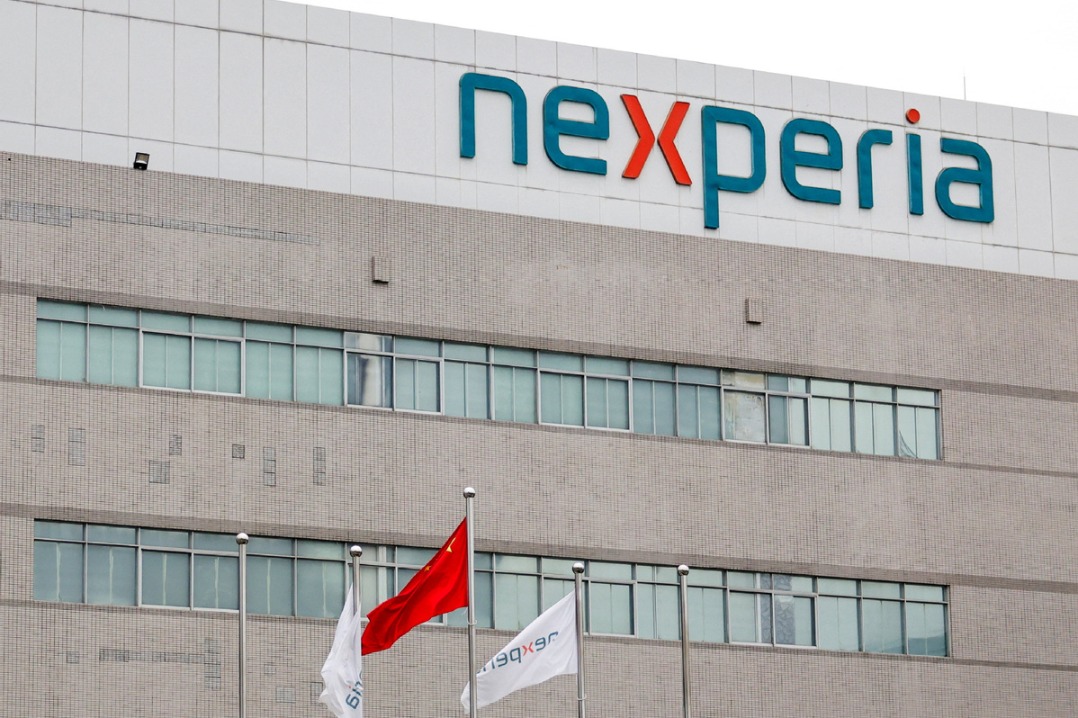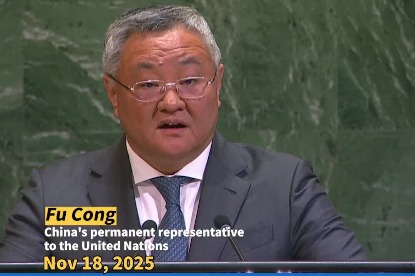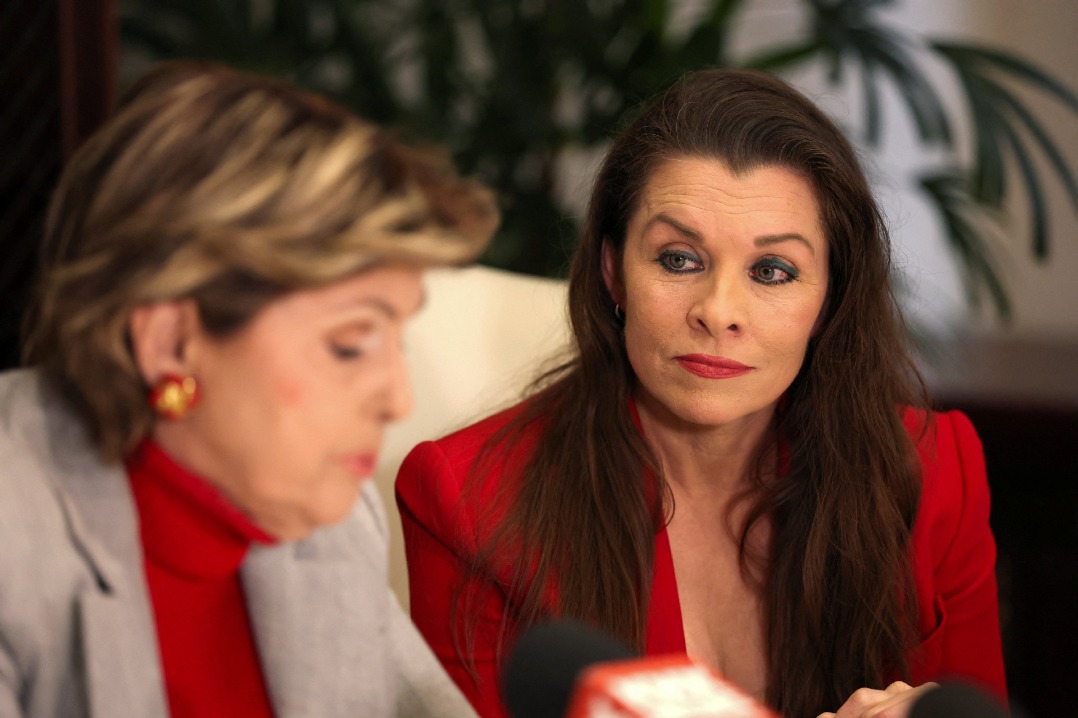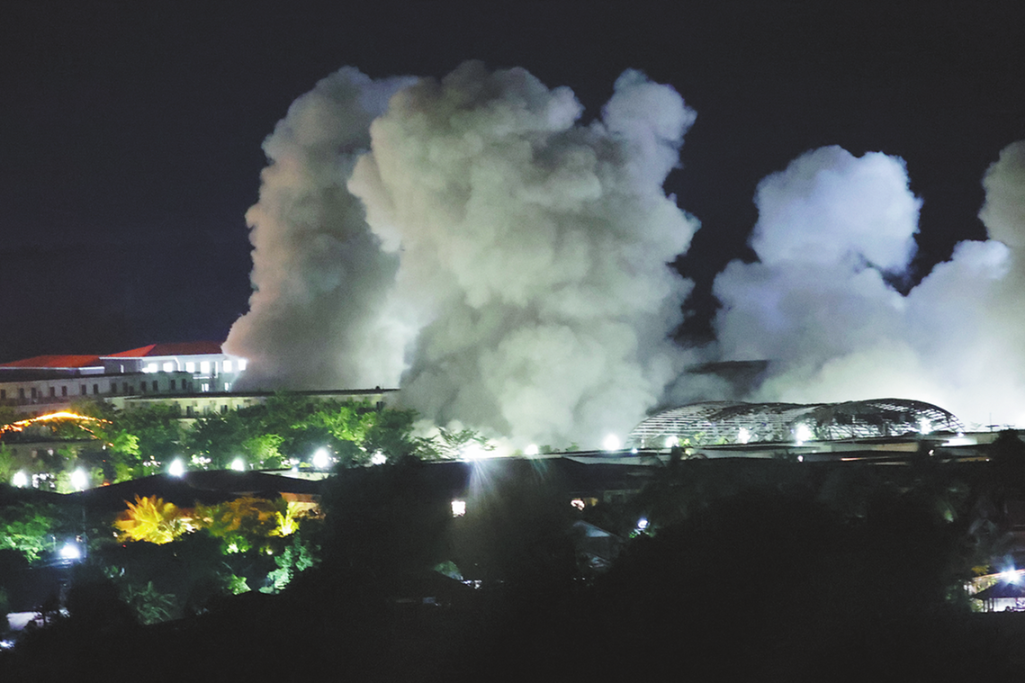Concerns raised over South Korea's agreement with US

Despite the reduced economic uncertainty following South Korea's signing of the $350 billion investment memorandum of understanding with the United States, concerns remain over a potential industrial hollowing-out and the long-term impact of the deal.
"It is a significant amount," Kim Tae-hwang, a professor of international trade at Myongji University in Seoul, told China Daily.
The pact was signed in return for lower US tariffs on South Korean exports, Yonhap News Agency reported on Nov 14.
The US and South Korea will initially split profits from joint projects equally until both receive their allocated amounts. After that, 90 percent of the profits will go to the US, leaving South Korea with 10 percent.
According to Kim, the annual $20 billion investment in the US, which will be financed and invested by the public sector, would amount to approximately 1 percent of South Korea's GDP and be equivalent to 80 percent of the national research and development budget for 2026.
"Since this level of public investment is being transferred from South Korea to the US, there are concerns that it could dampen domestic public investment," said Kim.
The massive scale of the pledged investment has raised concerns about a potential industrial hollowing-out in South Korea due to the possible shrinking of domestic investment.
In a meeting on Sunday with South Korean President Lee Jaemyung, who hopes to address the issue, Samsung Electronics and other South Korean conglomerates announced domestic investment plans worth a total of 833 trillion won ($568 billion) over the next few years, according to Kukmin Ilbo.
But critics said it is difficult to calculate the actual amount of investments and their effectiveness. Some said it is also important to ensure a strong link between offshore investment and domestic production, and research and development, to avoid the weakening of South Korea's manufacturing sector.
Yang Jun-sok, an economics professor at the Catholic University of Korea in Seoul, told China Daily that the investment deal, to some extent, does mean that the country's foreign exchange reserves will grow more slowly, and it might have a lower trade surplus with the US due to the tariffs.
South Korea's foreign reserves stood at $428.82 billion as of last month, according to figures from the Bank of Korea. Against this backdrop, even the $20 billion annual cap on investment is a sizable amount for the country, which made $63.95 billion in overseas direct investment in 2024.
But Yang said he believes the investment is not a major contributing factor to the recent depreciation of the won.
The won-dollar exchange rate briefly exceeded 1,470 won in Seoul's foreign exchange market on Nov 13, which was close to the volatility levels seen during the 1997 Asian financial crisis.
"I think South Korea got the best deal that it could have gotten from the (US President Donald) Trump administration," said Yang.
Nevertheless, he said one of the biggest concerns is the lack of clarity on the kind of additional conditions the US would impose.
For example, as the $200 billion needs to be invested in "commercially reasonable" projects as outlined in a joint fact sheet between South Korea and the US, Yang said he expects to see disagreements over investment details such as the criteria for profitability.
"There will be continuous problems. We will continually have to negotiate the details," said Yang.
Shin Se-don, professor emeritus of economics at Sookmyung Women's University in Seoul, told South Korean news outlet Newsis that it will be difficult to evaluate the nation's fiscal burden and exchange rate risks when even the baseline criteria for adjusting profit distribution remain undefined.
Kim from Myongji University said negotiations with the US are "inherently volatile", making it difficult to predict the contents and direction of negotiations in the future.
































